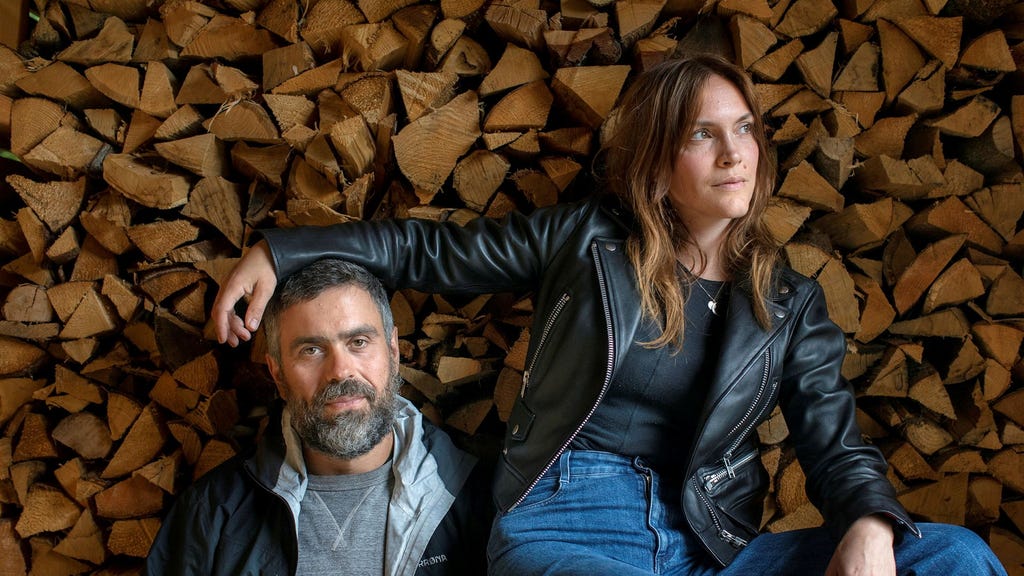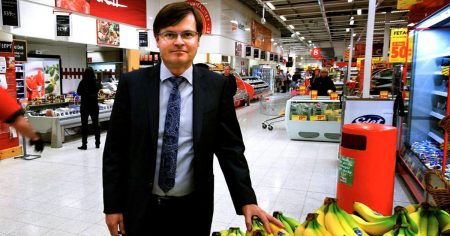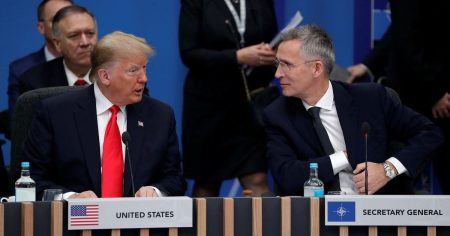This text snippet, taken from a Dagens Nyheter article published on December 7, 2024, hints at a broader discussion about the perceived lack of diversity in Swedish media, specifically within Sveriges Television (SVT) productions. The visible portion of the article focuses on the recurrence of the same individuals across various SVT programs, suggesting a limited pool of talent being utilized. While the full article remains behind a paywall, the exposed fragment raises several potential arguments about representation, inclusivity, and potential biases within public broadcasting.
The author’s apparent frustration, conveyed through the rhetorical question about the lack of other individuals available, could be interpreted in several ways. One possibility is a critique of SVT’s casting practices, implying that the broadcaster relies too heavily on established figures rather than actively seeking out new voices and perspectives. This could stem from a variety of factors, including budgetary constraints, perceived audience preferences, or even unconscious biases within the production teams. Another interpretation is that the observation reflects a broader societal issue, where certain individuals gain disproportionate access to media platforms due to pre-existing networks, privilege, or other systemic advantages.
The implication of a ”small gang” dominating SVT productions raises concerns about the potential for homogenous viewpoints being presented to the public. A lack of diverse representation not only limits the range of stories being told but can also reinforce existing stereotypes and power dynamics. If the same faces consistently appear on screen, it can create an echo chamber effect, where certain narratives are amplified while others are marginalized. This can lead to a skewed perception of reality and limit the public’s understanding of complex social issues. Furthermore, it can discourage aspiring individuals from pursuing careers in media, believing that opportunities are limited to a select few.
The provided text also offers a glimpse into the business model of online journalism, as the remainder of the article is accessible only through a subscription. The promotional offer emphasizes the value proposition of unlimited access to DN’s content, both on the website and through their app. This highlights the increasing prevalence of paywalls in the digital media landscape, as news organizations seek sustainable revenue streams in the face of declining print subscriptions and the rise of free online content. The strategy aims to convert casual readers into paying subscribers by offering an initial free trial period, followed by a discounted rate for a limited time.
Expanding on the potential arguments hinted at in the visible text, the full article likely delves deeper into the reasons behind the perceived lack of diversity in SVT productions. It might explore the specific programs where this phenomenon is most noticeable and provide examples of individuals who seem to be consistently featured. The article could also analyze the potential consequences of this limited representation, examining its impact on public discourse, the portrayal of different social groups, and the overall credibility of SVT as a public broadcaster. Furthermore, it might offer recommendations for improving diversity within SVT, such as implementing more inclusive casting practices, actively seeking out talent from underrepresented groups, and fostering a more diverse workforce within the organization itself.
Finally, the article could connect this specific issue within SVT to broader trends in the media landscape, both nationally and internationally. It might discuss the challenges of achieving true representation in media, the role of systemic biases in shaping opportunities, and the importance of diverse voices in a democratic society. The article could also examine the role of audiences in demanding greater diversity and holding media organizations accountable for their representation practices. By placing this observation within a wider context, the article could contribute to a more meaningful discussion about the importance of inclusivity and the need for more representative media.














